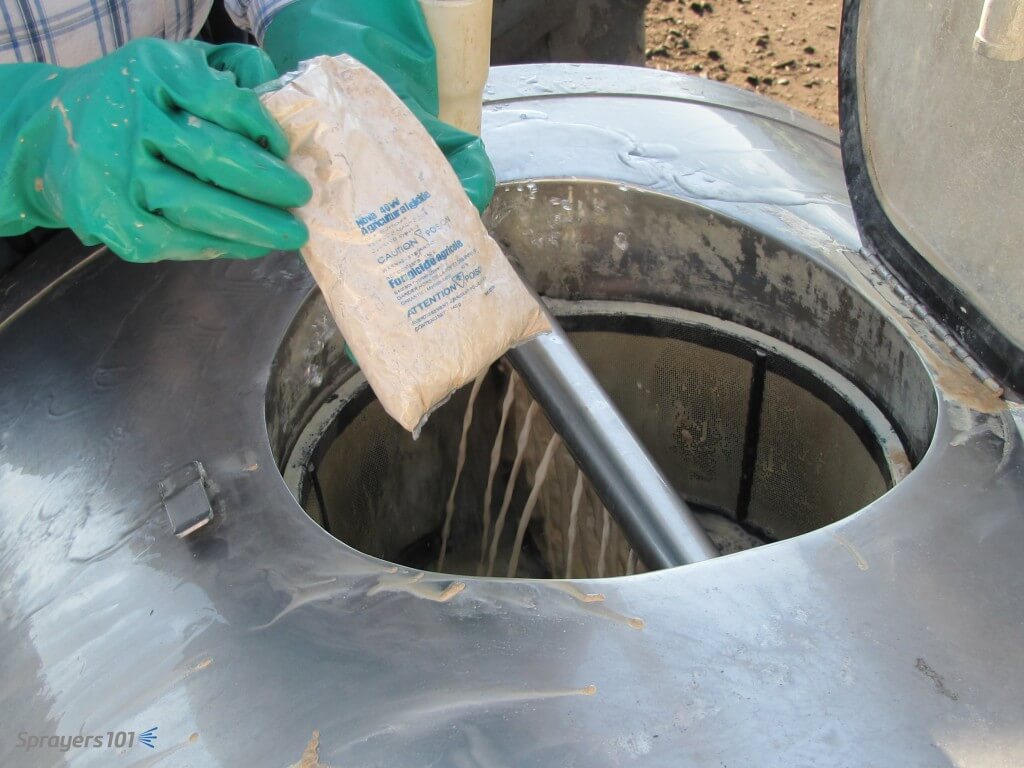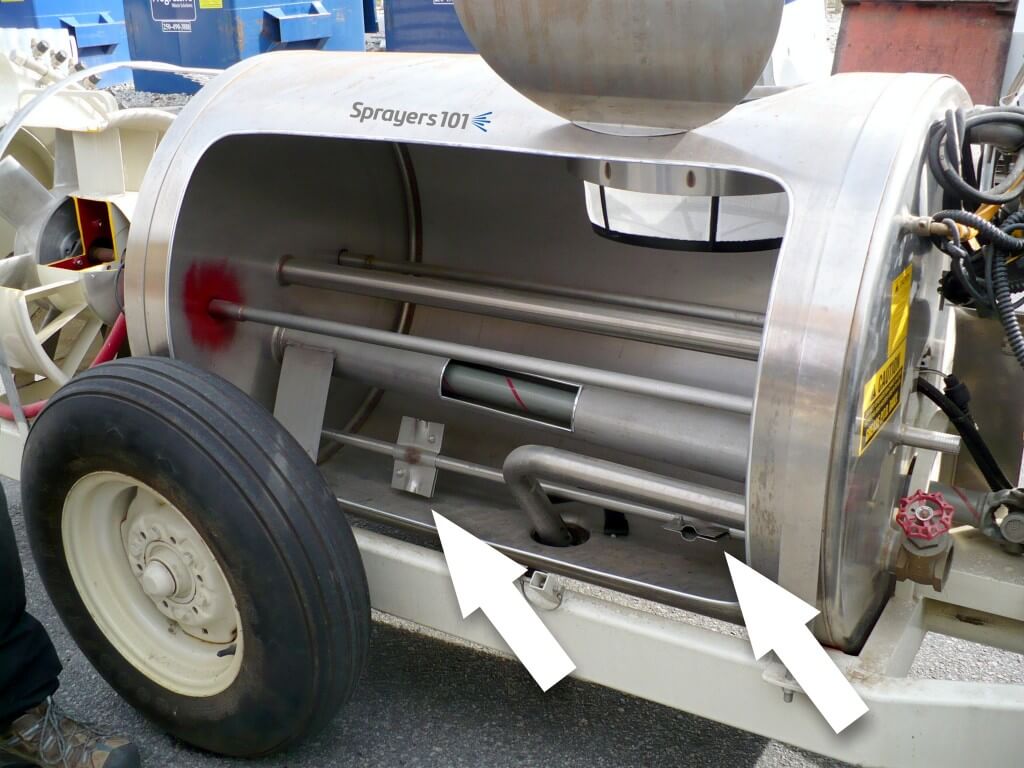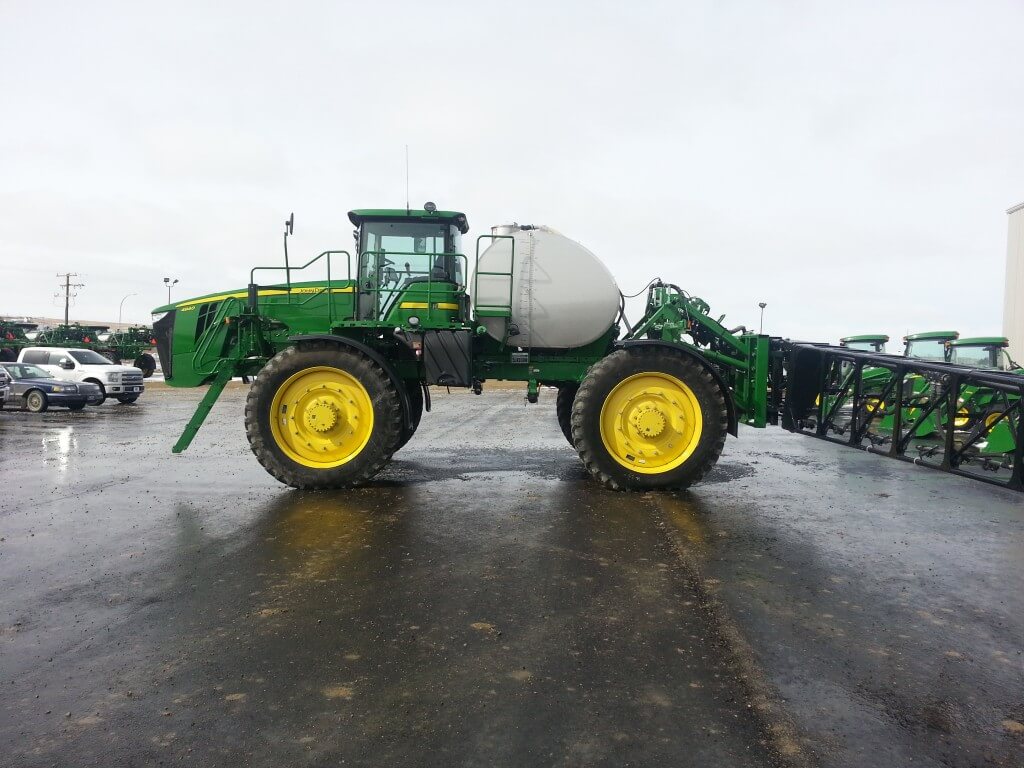
This article was co-written with Mike Cowbrough, OMAFRA Weed Management Specialist – Field Crops The time and attention spent during sprayer loading is a worthy investment. It ensures that the products in the tank perform as intended and reduces the chance of physical incompatibilities. The label Pesticide labels are always the first point of reference. […]


